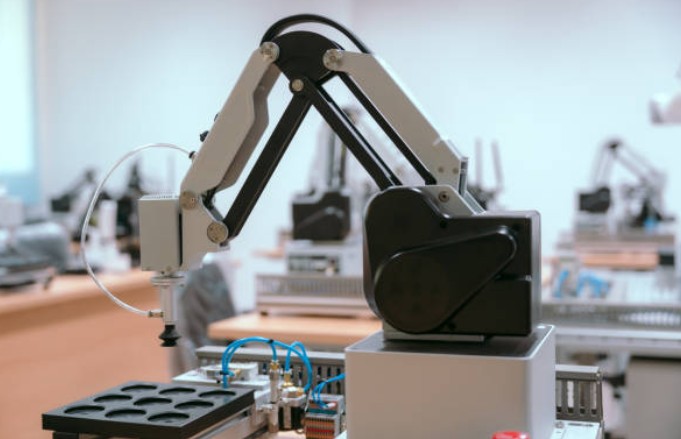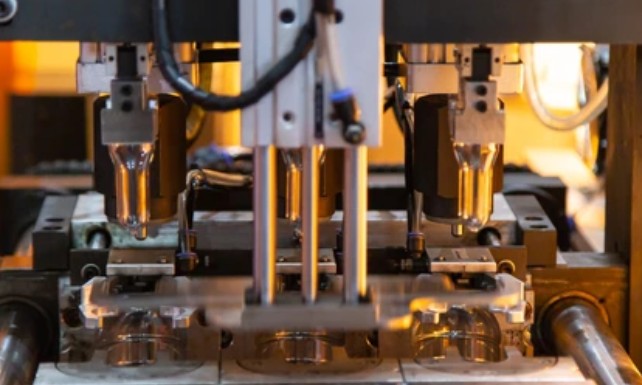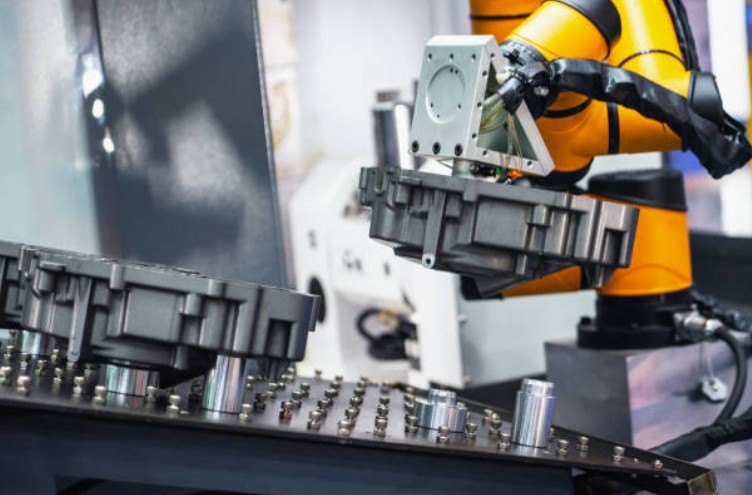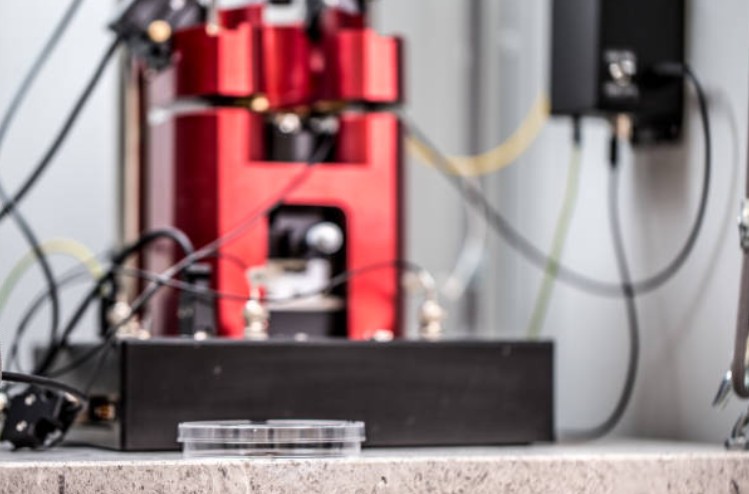How to achieve high-precision production through precision injection molding
1. Precise Control of Material Properties
1.1 Consideration of Shrinkage Rate and Stability
The shrinkage rate of materials directly affects the dimensional accuracy of products. For example, polyethylene has a shrinkage rate of 1.5%-3.6%, while polycarbonate only shows 0.5%-0.7%. Prioritize materials with low and stable shrinkage rates. Additionally, establish a strict batch inspection system for materials, testing key indicators such as melt flow rate and density to ensure consistency between batches.

1.2 Pretreatment and Supplier Management
2. Optimization of Mold Design and Manufacturing
2.1 Structural and Cooling System Design
For products with uneven wall thickness, set up reinforcing ribs rationally and optimize wall thickness distribution. Adopt conformal cooling technology to design water channels, which can increase cooling efficiency by 30%-50% and avoid deformation caused by uneven cooling.

2.2 High-Precision Machining and Assembly
3. Refined Regulation of Process Parameters
3.1 Temperature and Pressure Management
Set barrel temperatures according to material characteristics; for instance, maintain polypropylene at 200°C-240°C. Adjust injection pressure based on product shape and size: thin-walled products require high-pressure rapid filling, while thick-walled products need reduced pressure. Precisely control holding pressure and time to prevent shrinkage and sink marks.

3.2 Speed and Screw Control
4. Enhancement of Equipment Precision and Maintenance
4.1 Equipment Performance Requirements
4.2 Maintenance and Upgrades
Regularly clean, lubricate equipment, calibrate sensors, and replace worn components. Upgrade outdated equipment in a timely manner by introducing servo motor drive systems, which can improve response speed and control accuracy. Install equipment monitoring systems to continuously track operating parameters and prevent failures.

5. Strict Control of Production Environment Factors
5.1 Temperature, Humidity, and Cleanliness Control
5.2 Vibration and Light Management
Locate workshops away from vibration sources and install vibration isolation devices when necessary. Avoid direct strong light exposure to equipment and products to prevent local overheating that may affect accuracy.

6. Improvement of Quality Inspection and Feedback
6.1 Application of Inspection Equipment and Technologies
6.2 Data Management and Process Improvement
